
If you have been researching different solar options and are looking for a solution that is both durable and aesthetically pleasing, chances are you have already come across ‘solar roofs’. If you want to know more before making a decision, you’ve come to the right place. Now it’s time to take a closer look, from the best roofing materials to the installation process.
By the end of this article, you will have learned about:
- What a photovoltaic (PV) system is
- What a solar roof is
- How solar roofs work
- The advantages of solar roofs
- Best roofing materials for solar roofs – All about metal roofing
- If solar increases your home value
- Considerations for successful solar roof installations
- Roofit.Solar’s integrated solar roofs
As a first step, we will start with how solar systems work and what a photovoltaic (PV) system is, and continue with how solar roofs work.
What is a photovoltaic (PV) system?
Let’s start with the basics.
A solar PV system is a power system that converts sunlight into electricity by using the photovoltaic effect. It is the basis of solar power generation.
But where does the word “photovoltaic” come from?
The term “photovoltaic” comes from the combination of two words: “photo”, meaning light, and “voltaic”, relating to electricity and voltage. In essence, photovoltaic technology is the conversion of light energy (photons) into electrical energy (voltage) using special materials known as photovoltaic cells or solar cells.
Photovoltaic cells are typically made from semiconductor materials, such as silicon, which have unique electrical properties.
When sunlight (or solar radiation) strikes these cells, it excites the electrons in the semiconductor material. This excitation creates an electric current, and as the electrons flow through the material, an electric voltage is created.
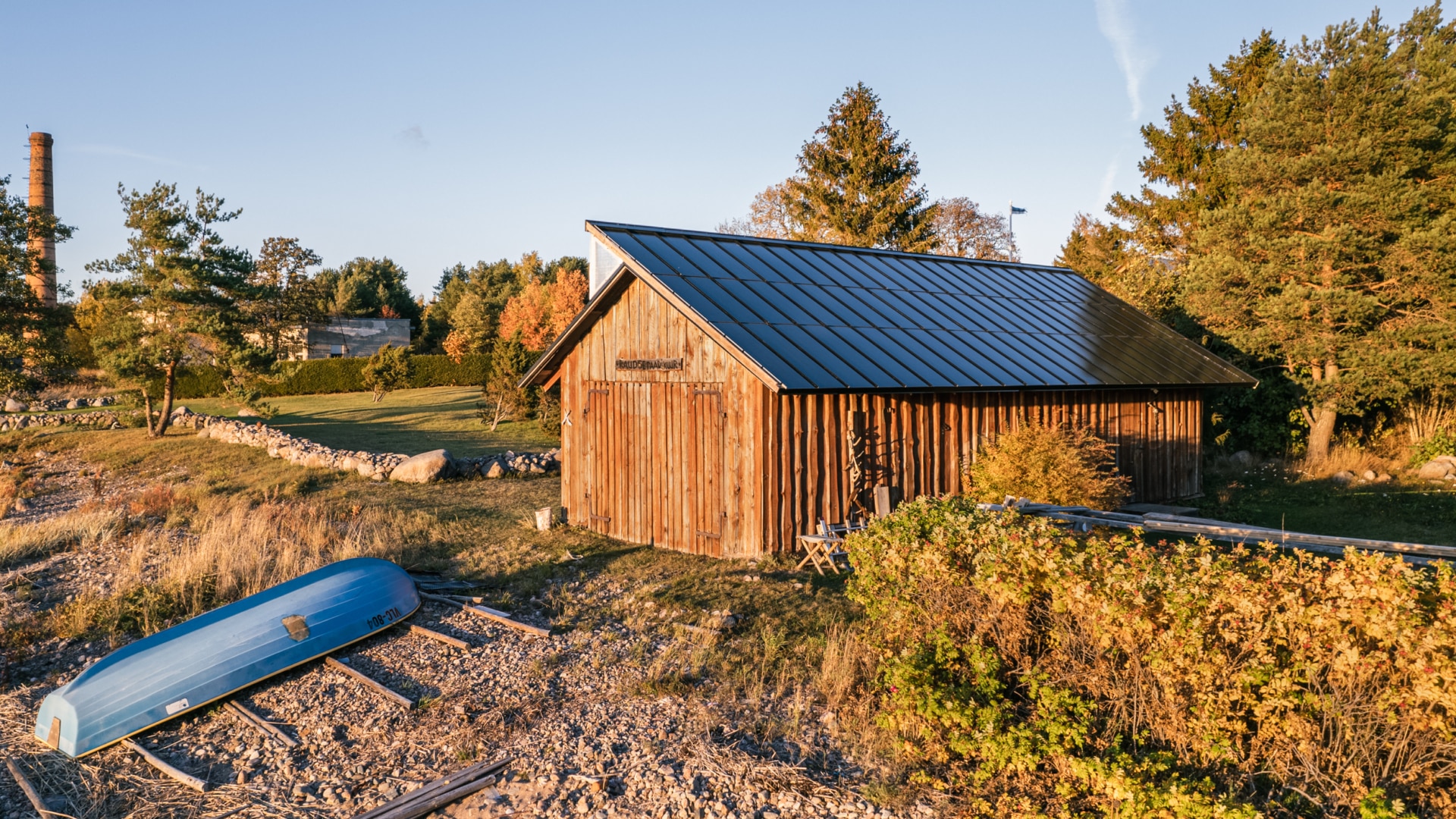
Photovoltaic technology has undergone significant advances over the years. This resulted in improved efficiency and affordability of solar cells. Today, photovoltaic systems are widely used to generate electricity for a wide range of applications, from small devices such as calculators to large-scale solar power plants that contribute to the global energy grid.
Photovoltaic systems can be installed on rooftops, incorporated into building materials such as solar shingles or solar tiles, or used in open spaces as solar panels. The electricity generated by photovoltaic systems can be used to power homes, businesses, and even remote areas where traditional power sources are unavailable or impractical.
Learn the most important acronyms
If you don’t know some of the PV world’s acronyms, you’re not a good student! Here are the most important ones you need to know.
AM1.5: Air Mass 1.5
BIPV: Building Integrated Photovoltaics (i.e. metal integrated photovoltaics)
DC: Direct Current
AC: Alternate Current
I max: Current at maximum power
I sc: Short Circuit Current
JB: Junction box
m.a.s.l. : Meters above sea level
PV: Photovoltaic
P max: Maximum power
STC: Standard Test Conditions (T= 25°C, Solar Irradiance = 1000 W/m2, AM = 1.5)
V max: Voltage at maximum power
V oc: Open circuit voltage
BOS: Balance of System
DNI: Direct Normal Irradiance
GIS: Geographic Information System
TOD: Time of Day
TSR: Total Solar Reflectance
What is a solar roof?
A solar roof, also known as a photovoltaic (PV) roof, is an innovative energy solution that seamlessly integrates solar panels into the structure of a building.
So how are solar roofs different from solar panels?
Unlike traditional solar panels that are mounted on racks or frames, solar roofs are designed to be both a functional roofing material and an energy generator. This blend of functionality and aesthetics is a hallmark of modern sustainable architecture.
It’s a 2-in-1 solution for residential and commercial buildings, and great for those who want to replace their roof and go solar at the same time.
Components and design
A solar roof consists of solar panels specifically designed to mimic or replace traditional roofing materials such as shingles or tiles.
These solar panels are equipped with photovoltaic cells that capture sunlight and convert it into electricity through the photovoltaic effect. The panels are strategically placed across the roof surface to maximise sunlight exposure and energy production.
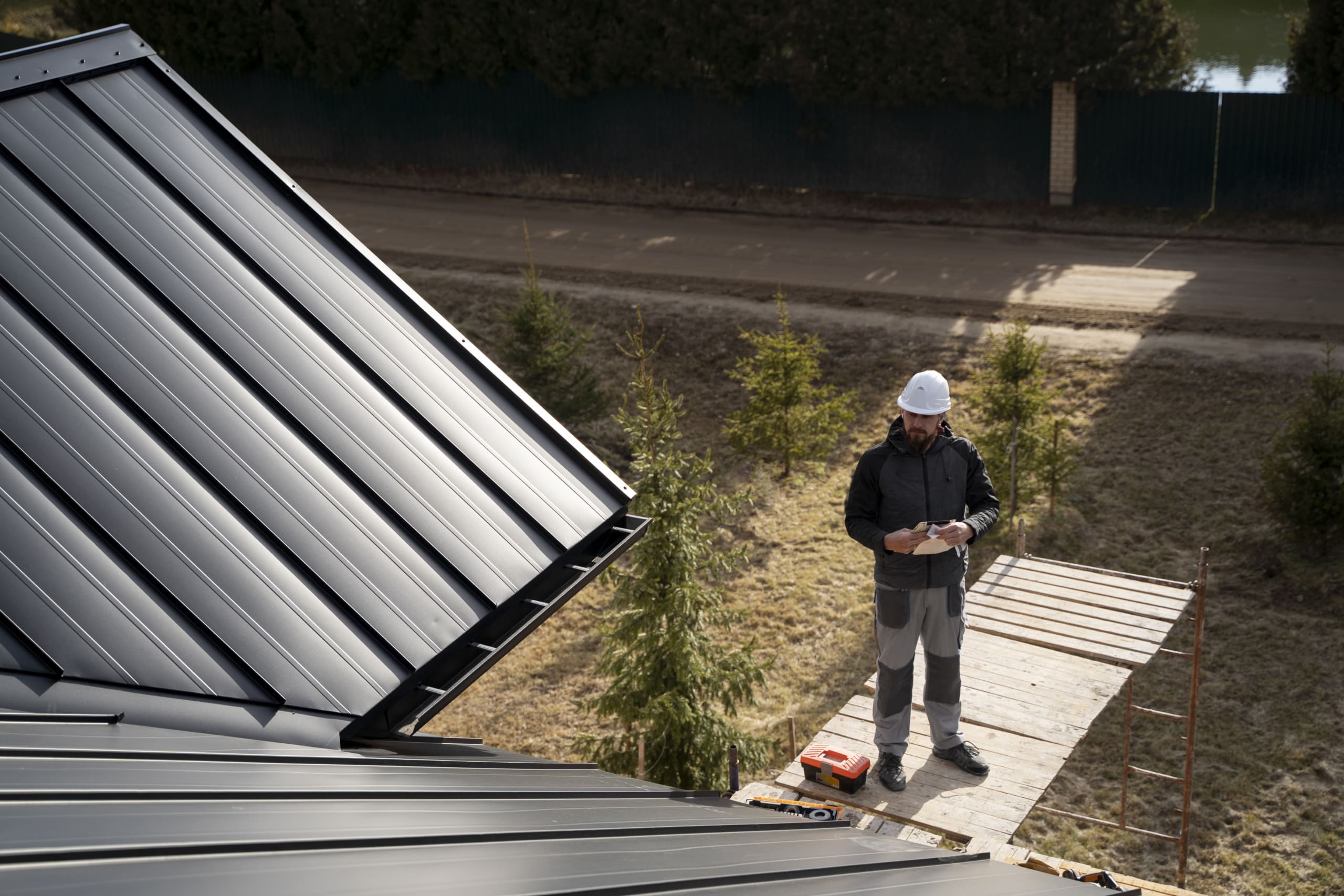
How do solar roofs work?
Now that you have a better understanding of photovoltaic systems and the differences between solar roofs and solar panels, let’s take a closer look at the components of the process – how solar roofs work.
- Solar panels: The system starts with solar panels, which are typically installed on a roof or on a ground-mounted frame. The panels are made up of solar cells, which are made of silicon and other materials.
- DC electricity: Direct current (DC) electricity is an electric current that flows continuously in one direction. It has a constant voltage level and is commonly produced by batteries and solar panels.
DC electricity is used in electronic devices such as computers and mobile phones, as well as for charging various devices.
- AC electricity: Alternating current (AC) is an electric current that changes direction periodically. It switches back and forth between positive and negative voltages, often in a curved pattern like a wave.
As a reminder, alternating current is the standard form of electricity used in most homes, businesses, and industries. This is because it can be easily transmitted over long distances and is suitable for powering a wide range of equipment and appliances.
Solar inverters explained
A solar inverter is one of the most important elements of a solar power system. When solar panels produce direct current (DC) electricity, an inverter comes into play so that the building can use the energy produced.
- String inverters: Each installation uses a single string inverter, which is common for residential installations. It’s called this because it connects a string of panels. Although economical, a single problem can reduce the output of the whole string if one panel has problems.
- Microinverters: The latest technology, they’re tiny and convert DC to AC directly on each panel. Effective in the shade, they simplify expansion. Each additional panel needs its own microinverter. However, they’re more expensive than string inverters.
- Hybrid inverters: Similar to string inverters, but can send excess energy to batteries, making them great for future battery additions. Cost-effective for batteries, but limited backup and a slight blackout switch delay.
- Off-grid inverters: Standalone, can’t synchronize with the grid. Need batteries to operate. Solar power goes to batteries as DC, then inverters convert it to AC. Some have battery chargers for winter backup with generators.
To find out more about how inverters work, read our article “Solar inverters explained”.
Everything you need to know about solar batteries
What happens to the excess energy if you are unable to use all the electricity produced by your solar roof?
Solar batteries are the answer.
Solar batteries are needed when you generate more solar energy from your rooftop panels than you can use immediately. Any extra electricity produced by the panels but not used immediately is stored in a battery bank for future use.
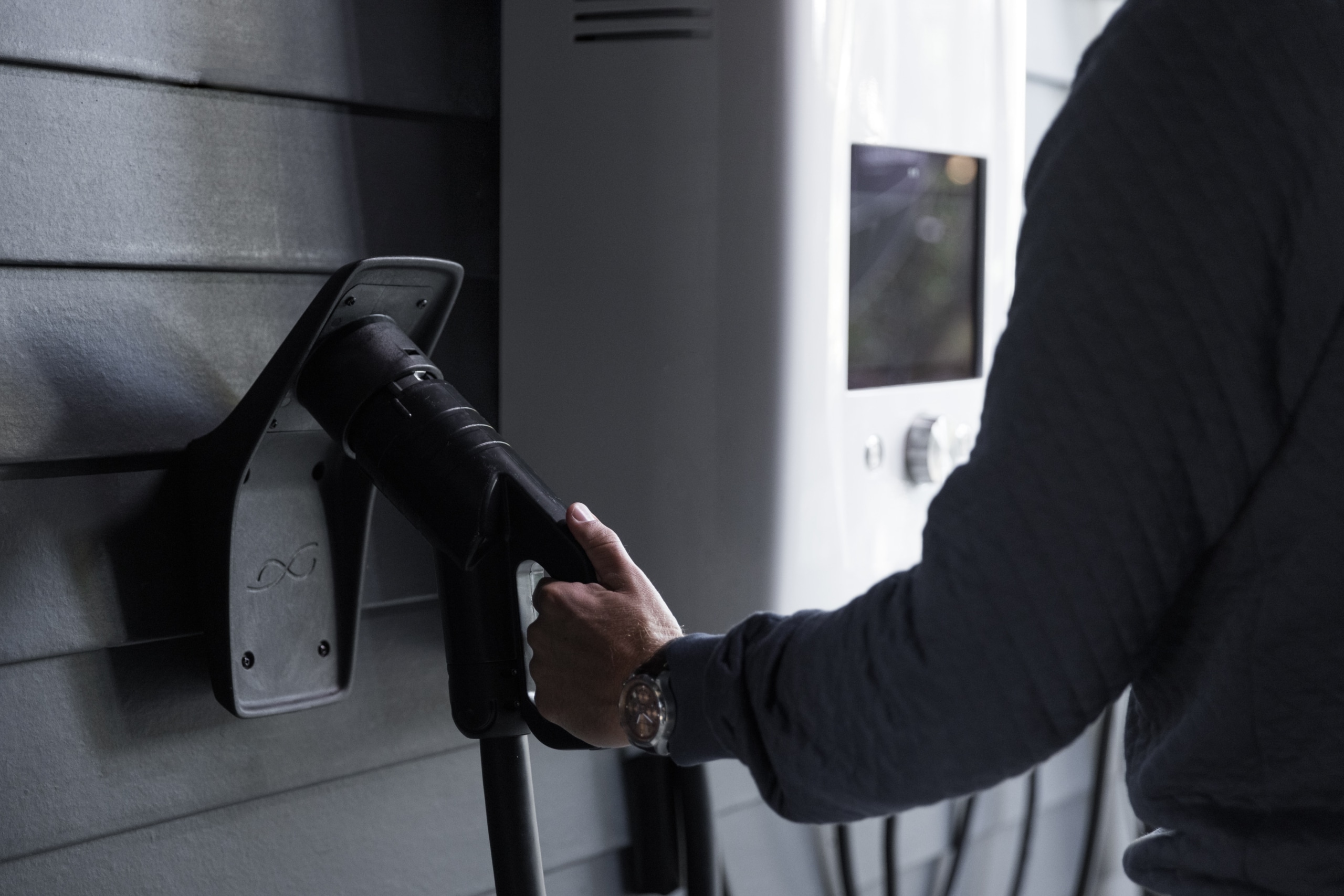
There are 4 types of solar batteries:
- Lead acid: This technology has the distinction of being one of the oldest in the field. It comes in two varieties: sealed and flooded.
It may not have the longest life, but it’s still a budget-friendly choice. But there’s a catch – its life is relatively short, and it can’t go too deep when it comes to discharge levels. Regular maintenance is required to keep it in tip-top shape. Oh, and here’s an important tip: don’t push it past 50% discharge to avoid problems down the line.
- Lithium-ion: Next up is the cool and relatively new kid on the block – the lithium-ion battery. This technology is rapidly gaining popularity, especially in the home. Why, you ask? Well, its impressive lifespan means you won’t need to replace it too often.
And maintenance? Not much. But the real star feature is its compact design, which fits neatly into various layouts. It also handles deep discharges like a pro. But don’t get too complacent – if you don’t set it up properly, you could be looking at a fire hazard.
- Flow batteries: They’re the new and exciting entrants to the battery scene. Full 100% discharge capability – that’s what they bring to the table. What’s more, they’re environmentally friendly because they’re non-toxic. The downsides are that they’re a bit pricey, and they take up a bit of space due to their not-so-great capacity.
- Nickel-cadmium: Time to talk about a veteran – the nickel-cadmium battery. These have been the choice of businesses for some time now. They can handle different temperatures without throwing a fit, no complicated systems needed. But you should know that they’re starting to show their age compared to newer technologies. What’s more, they contain toxic materials, especially that pesky cadmium, which has led to some bans on their use.
To learn more, take a look here: everything you need to know about solar batteries!
So, how does the process work?
A photovoltaic (PV) system works by converting sunlight into electricity. Here’s a simple breakdown of the process:
- Solar panels: The journey starts with solar panels, usually on a roof or frame. These panels are made up of solar cells, mainly made of silicon and other materials.
- Sunlight: When sunlight hits the cells, it creates an electric field across their layers, producing direct current (DC) electricity.
- Inverter: The DC electricity travels to an inverter, where it is converted to alternating current (AC). This AC electricity can be used in your home or even fed back into the grid.
- Electric panel: The AC electricity from the inverter goes to your home’s electricity panel to power your appliances and devices.
- Grid connection: If your solar system produces more electricity than you need, the excess energy can be sold back to the grid. Through net metering, you may receive credits for this excess electricity, although details vary by location.
What are the advantages of solar roofs?
Integrated solar roofs have become increasingly popular as a 2-in-1 solution. And with good reason.
While both solar roofs and conventional solar panels have their own merits and drawbacks, solar roofs boast distinctive advantages that set them apart from traditional panel systems:
- Aesthetically Pleasing Integration:
Solar roofs are designed to seamlessly blend with a building’s overall architecture. Unlike traditional solar panels, which can appear bulky and conspicuous, solar roofs maintain a harmonious appearance. This aesthetic consideration aligns perfectly with our commitment at Roofit.Solar to offer visually appealing solutions.
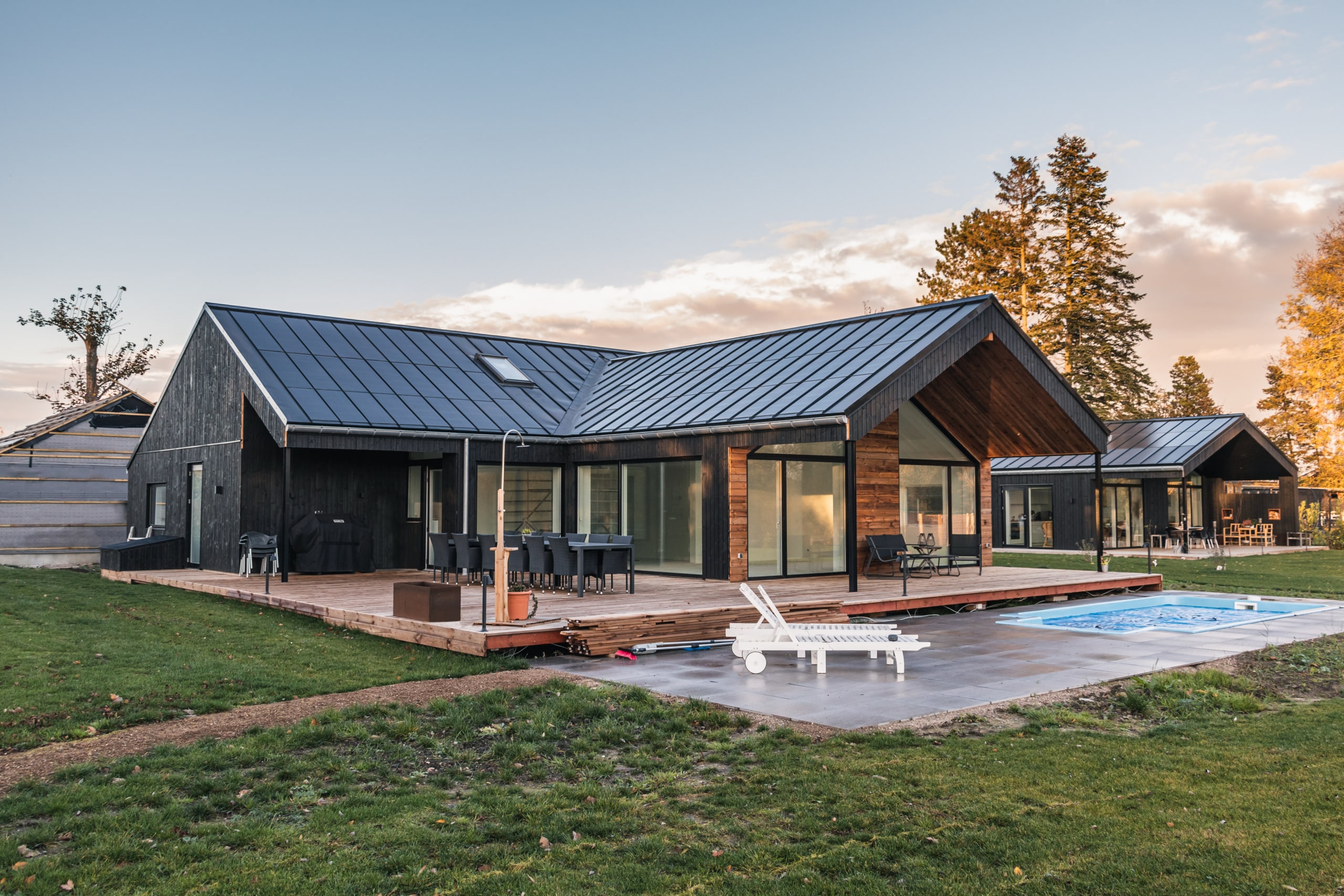
- Enhanced Energy Efficiency:
The integration of solar roofs into a building’s structure often results in improved insulation and temperature regulation. This integration contributes to heightened energy efficiency, thereby reducing energy consumption and subsequently leading to more manageable utility bills.
- Robust Durability:
Solar roofs are constructed from premium-grade materials that are engineered to endure challenging weather conditions. Their durability surpasses that of conventional solar panels, making them an excellent choice for longevity and resilience.
- Reduced Maintenance Requirements:
Incorporating solar panels directly into a roof’s design helps shield the underlying structure from weather-induced damage. This protective aspect reduces the need for frequent maintenance, setting solar roofs apart from traditional solar panel systems.
- Enhanced Property Value:
The implementation of solar roofs can appreciably enhance a property’s overall value. The combination of their energy efficiency and aesthetic charm contributes positively to a building’s appeal and desirability in the real estate market, offering homeowners a rewarding investment opportunity.
To explore this aspect further, take a look at “The Million-Dollar Question: Does Solar Increase Home Value?“
However, it’s worth noting that solar roofs may have a higher upfront cost compared to standard solar panels due to their integrated nature – it’s a 2-in-1 solution. If you are interested in a quote for your home or business, contact us today and discover the 3 steps to a solar roof with Roofit.Solar!
In conclusion, integrated solar roofs represent a forward-thinking solution that combines sustainable energy generation with architectural harmony. The synergy between form and function encapsulates the essence of solar roofing technology. While the initial cost may be higher, the long-term benefits in terms of aesthetics, efficiency, durability, and property value make solar roofs an investment well worth considering.
Especially when combined with the best roofing materials.
Best roofing materials for solar roofs – All about metal roofing
When it comes to creating a synergistic partnership between solar technology and roofing, metal roofing stands out as a top contender. With its unique characteristics, metal roofing offers a range of benefits that are perfectly suited to the requirements of a solar roof installation.
So here comes the best roofing material for your future solar roof – a standing seam metal roof.
What is a standing seam metal roof and how does it work?
Here at Roofit.Solar, we manufacture our solar roofs with high-quality standing seam metal roofing, prioritising the safety and well-being of our customers, as well as increasing the efficiency of solar power.
That’s why we choose one of the best roofing materials, a standing seam metal roof – safe, durable, beautiful, and stylish.
In this section, we will discuss what a metal roof is and its advantages over other roofing materials.
What does metal roofing include?
Let’s start with the basics. Metal roofing includes metal tiles and shingles.
- Metal tiles: Metal tiles are roofing materials made from metal, often designed to mimic the appearance of traditional clay or concrete tiles.
They offer durability, weather resistance, and a distinctive aesthetic while retaining the benefits of metal roofing.
- Metal shingles: Metal shingles are roofing components cut and designed to resemble traditional asphalt or wood shingles.
Typically made from metal alloys, they offer the durability, longevity, and low maintenance associated with metal roofing, while mimicking the appearance of more traditional roofing materials.
What are the advantages of metal roofs?
A standing seam metal roof is a type of metal roof that has become increasingly popular in recent years, and there are three reasons for this:
- Aesthetics: They are more aesthetically pleasing.
- Durability: They are strong and durable.
- Safety: They protect the structure.
A standing seam metal roof is a type of roofing system that is made up of long, vertical panels with raised seams that interlock to create a watertight seal. This type of roof is commonly used in commercial and industrial buildings, as well as in residential applications.
So, what makes them a great choice for you?
- High durability and longevity: Metal roofing, often made from materials such as steel, aluminium or copper, is renowned for its exceptional durability.
These materials can withstand extreme weather conditions such as heavy rain, snow, hail, and UV rays, ensuring that your solar roof investment is well-protected over time.
The longevity of metal roofing matches the longevity of solar systems, creating a lasting foundation for sustainable energy generation.
- Lightweight construction: The lightweight nature of metal roofing minimises the structural impact on your property. This is particularly important for solar roofs, as the combined weight of solar panels and roofing materials should be within the load-bearing capacity of your building structure.
The light weight of metal roofing reduces the overall load, contributing to the stability and integrity of your solar installation.
- Efficient heat reflection: Metal roofing’s natural ability to reflect sunlight helps manage heat absorption. This feature improves the overall energy efficiency of your solar panels, as excessive heat can reduce their performance.
By keeping the roof and solar panels cooler, metal roofing optimises energy production and helps maintain panel efficiency.
- Minimal maintenance: Metal roofing requires minimal maintenance compared to other roofing materials. Its smooth surface discourages the accumulation of debris, leaves, and moss that can potentially block solar panels from receiving sunlight.
This means less maintenance and ensures that your solar panels can operate at peak efficiency.
- Compatibility with solar mounting systems: The robust structure of metal roofing makes it compatible with various solar panel mounting systems. You can easily integrate solar brackets and racks securely onto metal roofing without compromising its integrity.
This compatibility simplifies the installation process and ensures the stability of your solar panels.
- Environmental benefits: Many metal roofing materials are recyclable, making them an environmentally friendly choice. Combining recyclability with the clean energy generation of solar technology emphasises your commitment to sustainable practices and reduces your carbon footprint.
In conclusion, metal roofing shines as an excellent choice for solar roofing as one of the best roofing materials. It offers durability, lightweight construction, heat reflection, minimal maintenance and compatibility with solar panel installations.
As you can see, there is a reason why we at Roofit.Solar have chosen it!
The seamless integration of metal roofing and solar technology not only ensures optimum energy production but also enhances the aesthetic appeal of your property.
Speaking of your property, here is one of the most frequently asked questions.
The Million-Dollar Question: Does solar increase home value?
Now that you’ve learned about solar roof terminology, how a solar roof works and got an idea of the best roofing materials – metal roofing definitely shines – so it’s time for ‘the’ question.
Does a solar roof increase the value of your home?
Research and trends suggest that solar installations can indeed contribute to an increase in property values, providing both financial and environmental benefits.
Financial benefits and market appeal:
Solar panels and solar roofs are increasingly seen as a valuable home improvement that can increase a property’s marketability.
Homes with solar systems tend to stand out in the property market because of their reduced energy costs and their ability to generate their own electricity. These features not only appeal to environmentally conscious buyers but also to those looking for long-term cost savings.
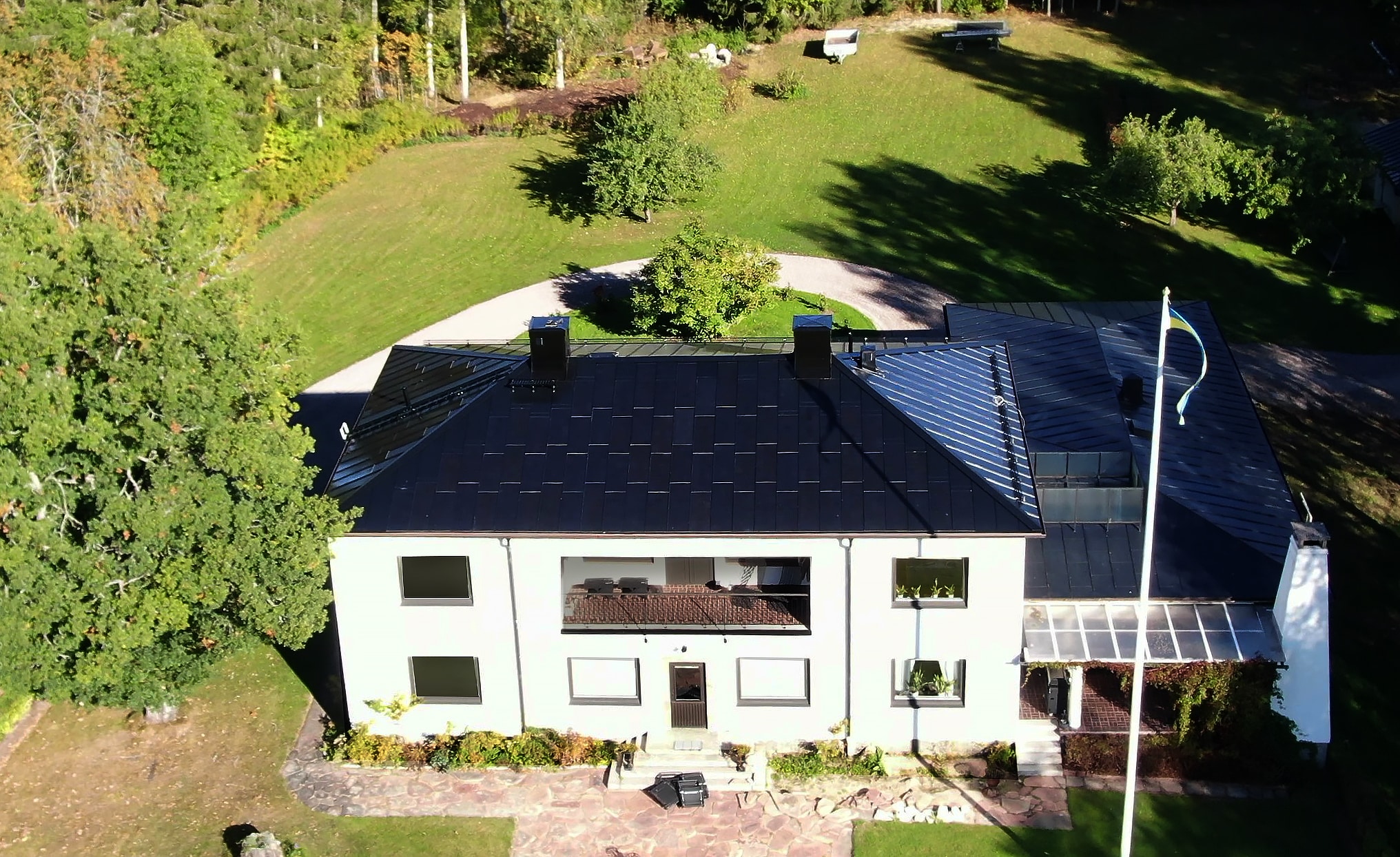
Energy savings and investment potential:
Solar-powered homes offer an immediate benefit by reducing energy bills through the generation of electricity from renewable sources. This financial relief can be attractive to potential buyers who prioritise efficiency and sustainable living.
In addition, solar systems are typically designed to last a long time, providing homeowners with a reliable and sustainable source of energy. This longevity and the potential for ongoing energy savings make solar-powered properties an attractive option for both current and future homeowners.
To ensure a seamless journey from start to finish, at Roofit.Solar we stand by our customers even after the sale! Guiding them through the process is paramount, which is why we extend our support.
As part of this commitment, we offer a 10-year warranty, which is designed to promote ease and confidence in the entire solar experience.
In conclusion, integrating solar technology can actually add value to a home.
By offering financial benefits through reduced energy costs, appealing to environmentally conscious consumers and providing long-term energy savings, solar installations have the potential to enhance the overall market appeal of a property.
As demand for clean energy solutions continues to grow, solar-powered homes will stand out in the property market, offering a compelling combination of financial benefits and sustainable living.
Considerations for successful solar roof installations
Successful rooftop solar installations require careful planning and attention to a number of considerations to ensure optimum performance and longevity of the system.
One of the most important factors to consider is the structural integrity of the roof. Before installing solar panels, it’s important to assess whether the roof can support the additional weight of the panels, mounting equipment, and potential snow loads.
Reinforcement may be required to prevent structural damage over time. In addition, the orientation and angle of the roof should be considered to maximise solar gain. South-facing roofs with a tilt angle corresponding to the local latitude often provide the best energy production.
In addition to structural considerations, the electrical aspect plays a critical role in the success of a rooftop solar installation. Proper wiring, grounding, and connection to the electrical grid are critical to the safe and efficient operation of the solar system. Hiring a licensed electrician with experience in solar installations can help avoid potential hazards and compliance issues.
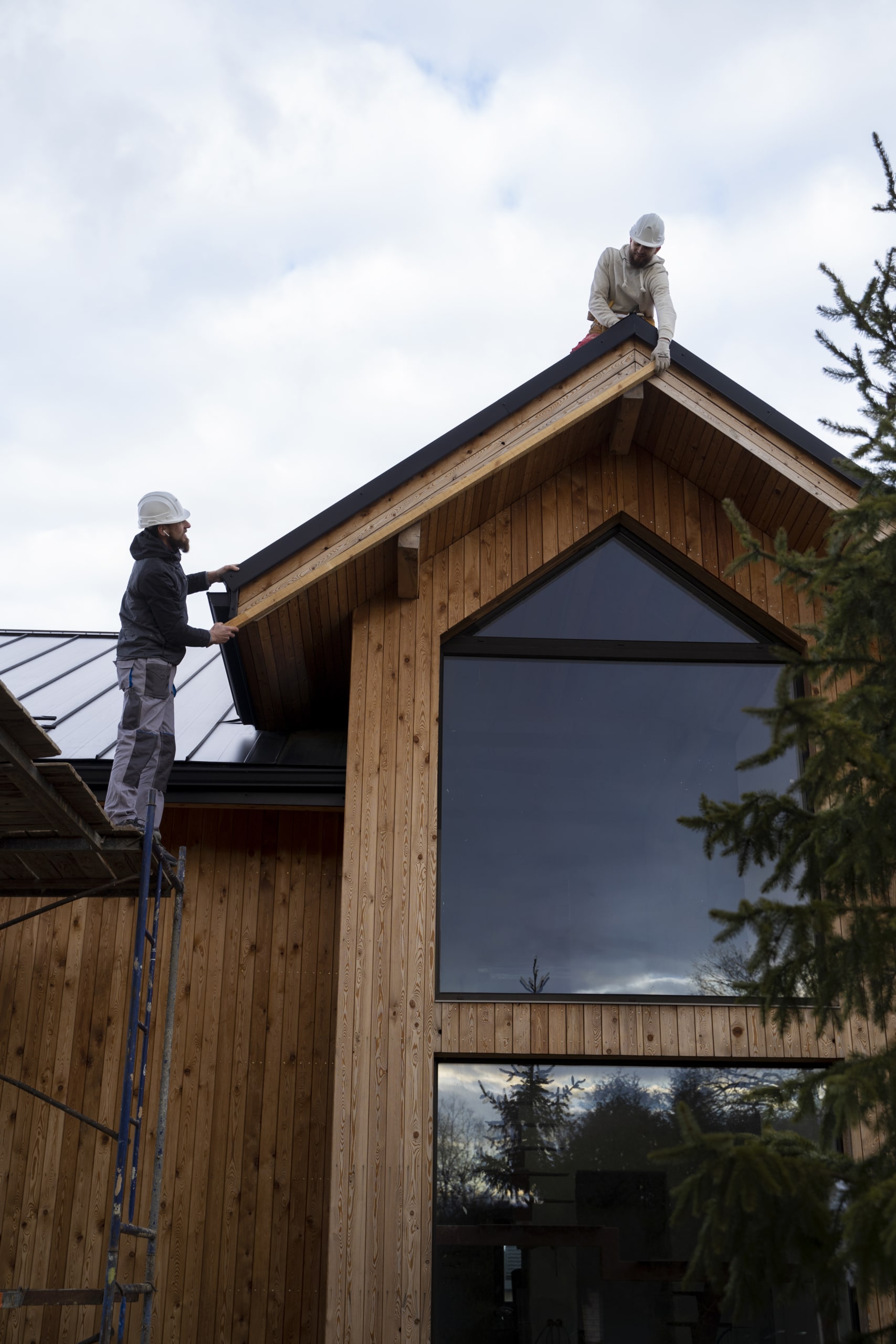
It is also important to obtain the necessary permits and comply with local building codes. Failure to comply can result in delays, fines, or even the removal of improperly installed systems.
Environmental factors should also not be overlooked. Roof shading should be assessed, as even a small amount of shading can have a significant impact on the overall energy production of the system. Trees, nearby buildings or other obstructions should be taken into account when placing the panels. Regular maintenance and cleaning is also important to prevent the accumulation of dirt, debris or snow that can reduce efficiency. By carefully considering these structural, electrical and environmental factors, a solar roof installation can provide sustainable energy savings and contribute to a greener future.
Installation at Roofit.Solar
You have chosen the solar roof over the solar panel – congratulations! But this is only part of the project. Installation is ‘the’ process once you know which company to choose to go solar with.
Here at Roofit.Solar we use our own roof design programme to create a personalised 3D project based on your requirements and project criteria.
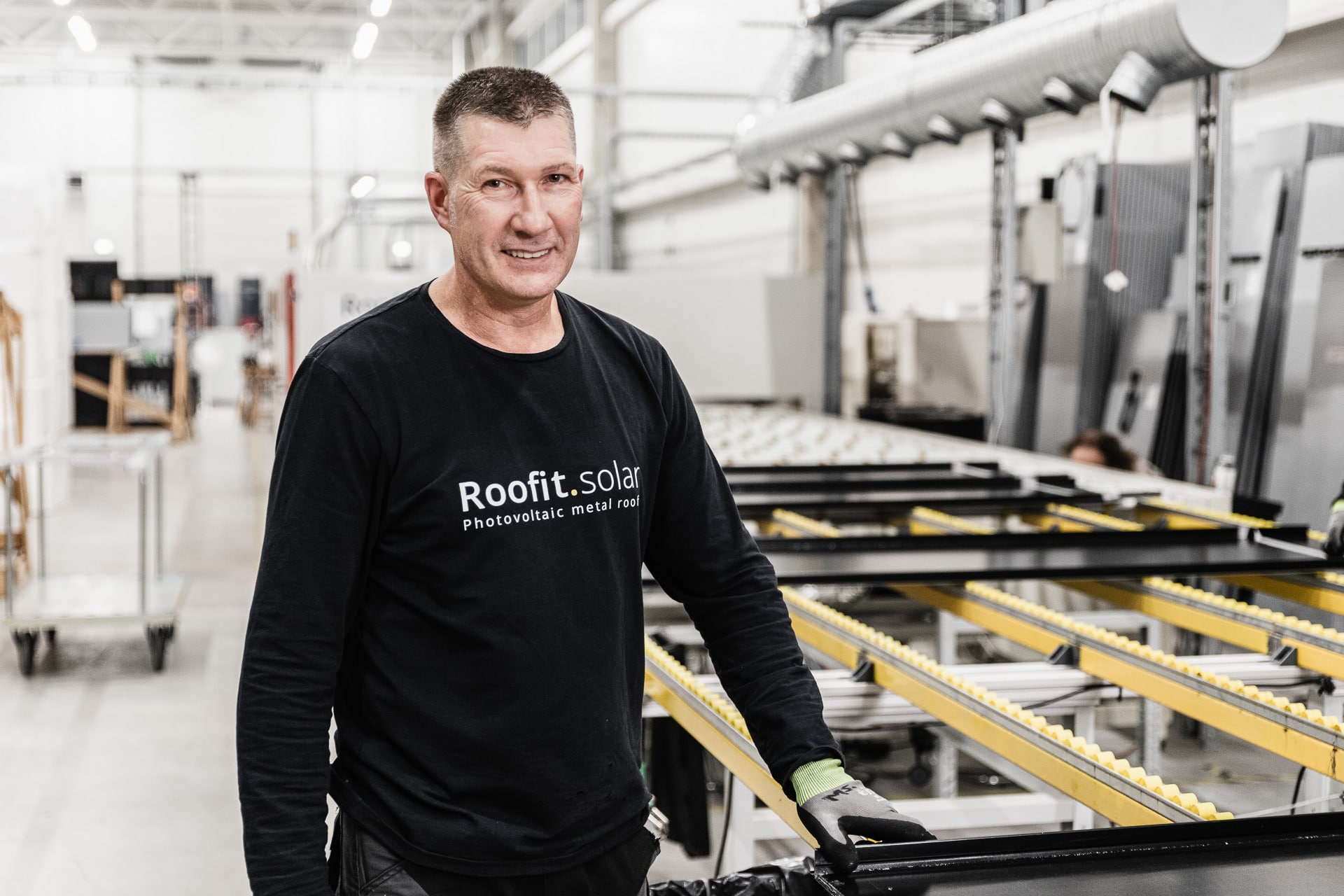
Thanks to our clever software, Roofit.app, our team can analyse both the direction and slope of your roof, as well as the physical environment around your home. It can even take into account shadows cast by nearby buildings or trees!
It does even more.
Our team of engineers can calculate the maximum output of your solar project and a full year’s forecast.
Roofit.Solar's integrated solar roofs
If you’re among those considering a transition to solar energy this year and seeking both innovative design and reliable solar technology, your search ends here!
Roofit.Solar stands ready to accompany you on your solar venture, offering our proficient team, top-tier solar roofs, and unwavering commitment to environmental well-being.
With headquarters in Estonia and offices in Sweden and Germany, Roofit.Solar was founded in 2017 by engineers, idealists, and green energy enthusiasts.
Here is a glimpse of some of our our projects across Europe.
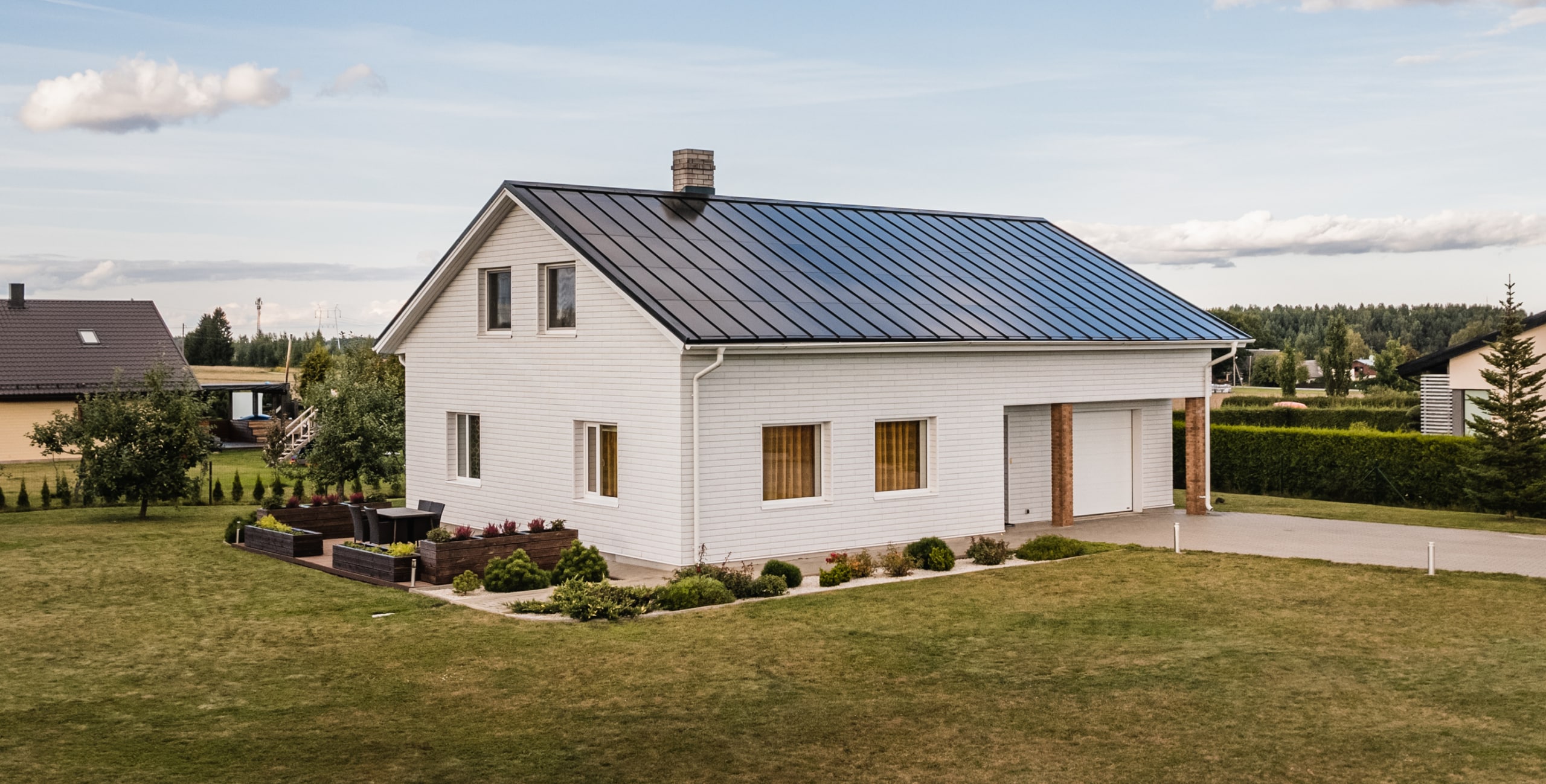
Supported by top-notch investors in Europe, it is an award-winning integrated solar roof solution that offers comprehensive packages of solar systems, including solar batteries, solar inverters, and other essential equipment.

Today, there are thousands of proud solar roof owners across Europe who have chosen to go solar with us and have been enjoying our stunning solar roofs ever since. We invite you to be one of them!
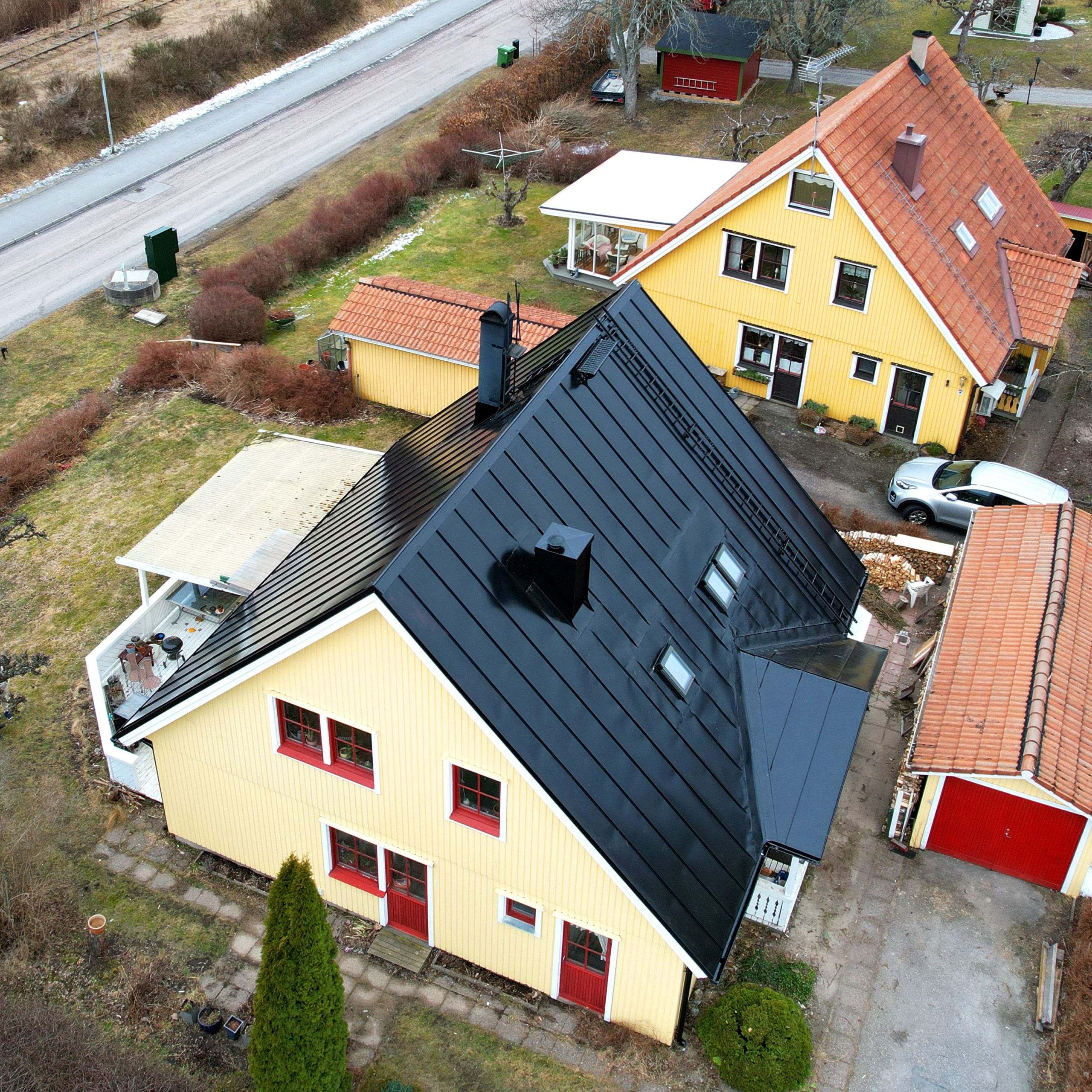
If you want to know more about who we are, what we do and how we do it, the next section is for you.
Why Go Solar with Roofit.Solar
Time to discover the smart, integrated solution that Roofit.Solar offers, providing you with a comprehensive and efficient way to harness solar energy.
- Our commitment to safety and durability ensures that our products are built to last, giving you peace of mind as you embark on your solar journey.
- What sets us apart is our seamless blend of stunning design and cutting-edge technology, creating solar roofs that are not only functional but also add aesthetic value to your property.
- When you choose Roofit.Solar, you don’t just get a product, you get access to a team of experts dedicated to guiding and supporting you every step of the way. Our full-service installation ensures a hassle-free experience from start to finish, allowing you to enjoy the benefits of solar energy without the complexities. We also have a number of partners across Europe who can guide you through the process.
- Wondering about the payback time? We got you covered. Our integrated solar roofs come with a unique payback opportunity, allowing you to not only generate clean energy but also potentially recoup your investment over time.
- Your peace of mind is important to us, which is why we offer a 10-year guarantee on our products, reflecting our confidence in their quality and longevity.
- By going solar with Roofit.Solar, you have the chance to make a positive impact on both your energy bills and the environment. Join the thousands of satisfied solar roof owners across Europe who have chosen a greener and more sustainable path. Let’s work together to reduce your energy costs and carbon footprint, while enjoying the benefits of a beautiful and efficient solar roof.
Here are the Roofit.Solar solar roofs
Introducing our Solar Roof Panels – an innovative 2-in-1 building integrated photovoltaic (BIPV) solution designed specifically for your roofing needs. Our solar roofs feature monocrystalline solar cells, which are renowned for their exceptional performance, even in low light conditions. They are an excellent choice for both residential and commercial properties with pitched roofs, with a minimum pitch requirement of 10 degrees.
We are currently proud to offer a diverse range of three different solar roof options, each with unique seaming, weight characteristics and power ratings. For a more detailed insight into our range of solar power systems, we encourage you to explore our offering further!
- Double Seam Solar Roof Panels
- Double Seam 2023 Solar Roof Panels
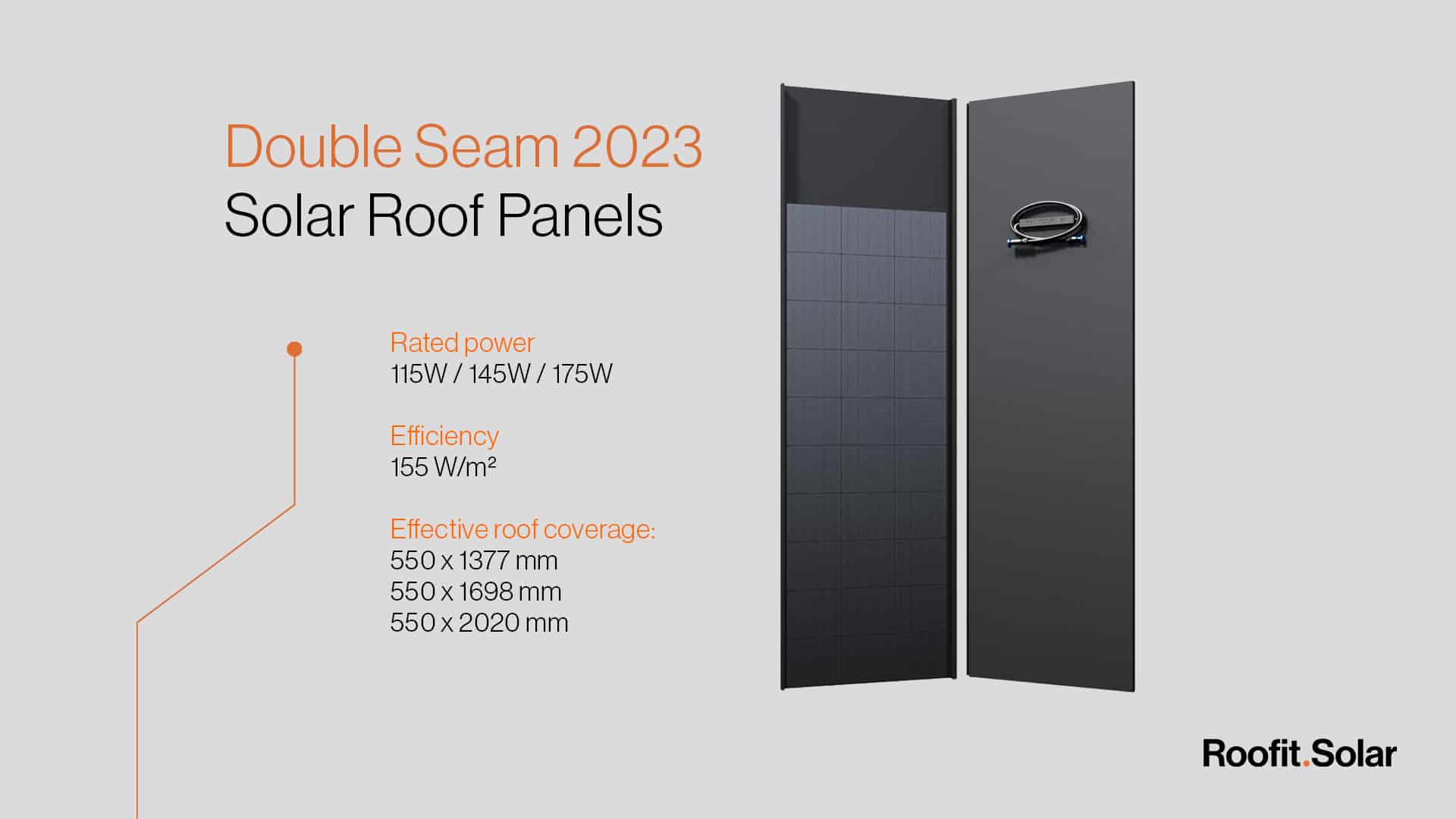
- Click Solar Solar Roof Panels
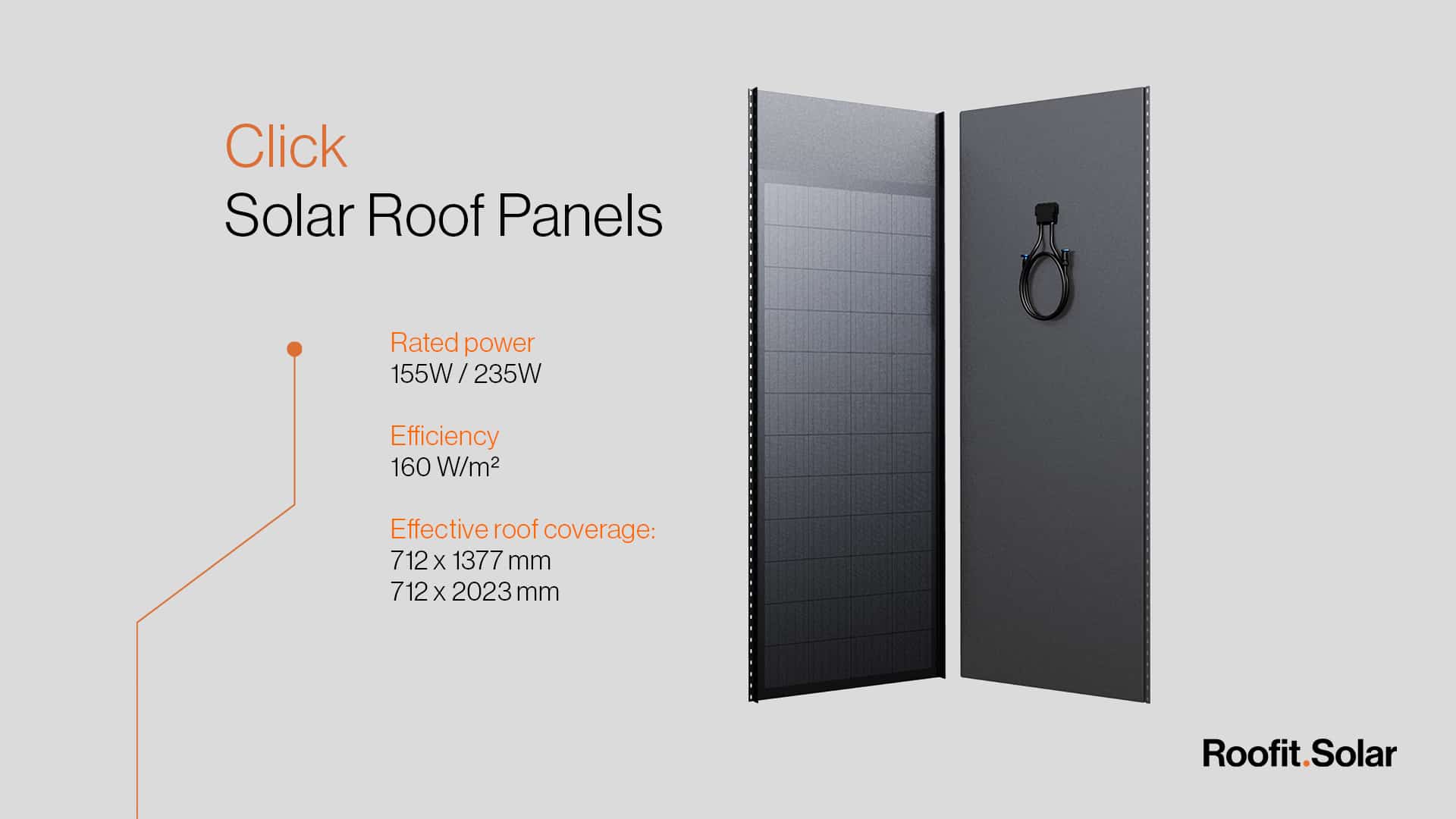
Interested in learning more about our solar power systems? Read here: Solar Roof Panels
What makes Roofit.Solar’s solar metal roofs safe and durable?
The safety of you and your loved ones is our number one priority. Here are ten key facts about our PV-integrated metal roofs that set them apart from traditional solar panels and underline their robustness:
- Lightweight construction: Our metal roofs are designed to be lightweight, minimising structural stress.
- Fire-resistant composition: The metal itself is highly fire-resistant, and we use Arc Fault Interrupters in our inverters for added safety.
- Durable construction: The metal backing makes our metal solar roofs resistant to rot, rust, splitting and cracking.
- Enhanced Protective Layer: With a 0.5mm layer of steel, our roofs offer increased protection compared to the 0.3mm plastic backsheets of traditional panels.
- Corrosion prevention: Our 0.5mm steel layer inhibits the diffusion of water vapour and oxygen, reducing corrosion and slowing down the ageing process.

- Integrated strength: Integration into the roof structure strengthens our solution and provides superior robustness compared to conventional rooftop solar panels.
- Mechanical Stability: Smaller modules benefit from multiple points of support from the underlying roof structure, making them more mechanically stable.
- Micro-crack resistance: Increased stability means reduced susceptibility to microcracking, even during heavy snowfall, resulting in minimal loss of productivity.
- Rigorous snow load testing: Our solar roofs have undergone rigorous snow load testing, demonstrating negligible losses even under the most intense conditions, a topic we explore in more detail.
- Extended service life: The SSAB metal roofs we use have a remarkable life expectancy of 50-100 years.
For a deeper insight into the safety and durability of our products, our Roofit.Solar safety tests and more, take a look at here: What makes Roofit.Solar’s solar metal roofs safe and durable?
Go solar with Roofit.Solar - where to start
At Roofit.Solar, we prioritise your safety and well-being. That is why we provide premium-quality products backed by smart design and high technology. Plus, we offer an easy 3-step process and are always ready to assist you:
- Fill in the form
- Confirm request
- Get tailor-made offer and make a step towards a safer and a more sustainable future




